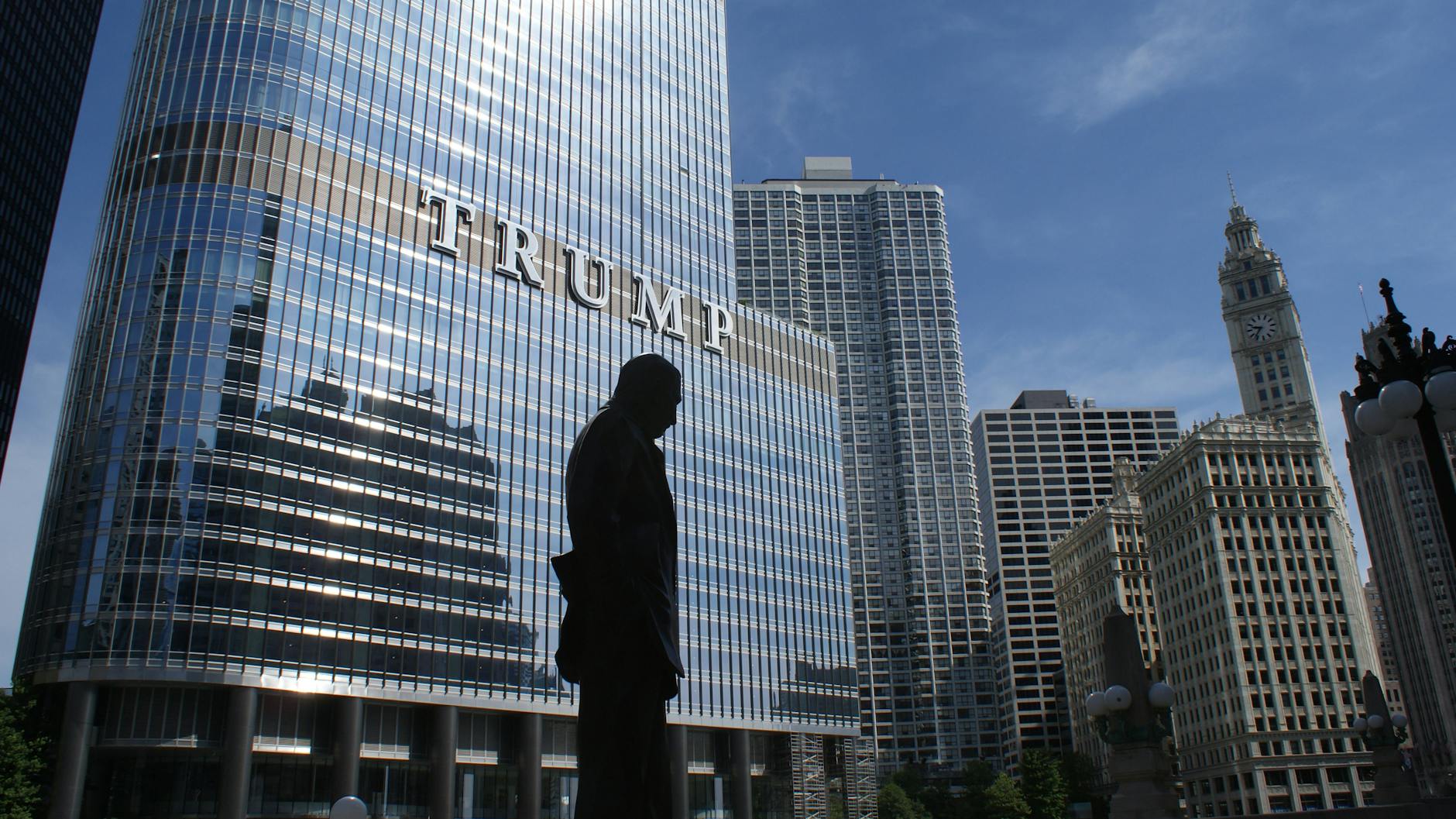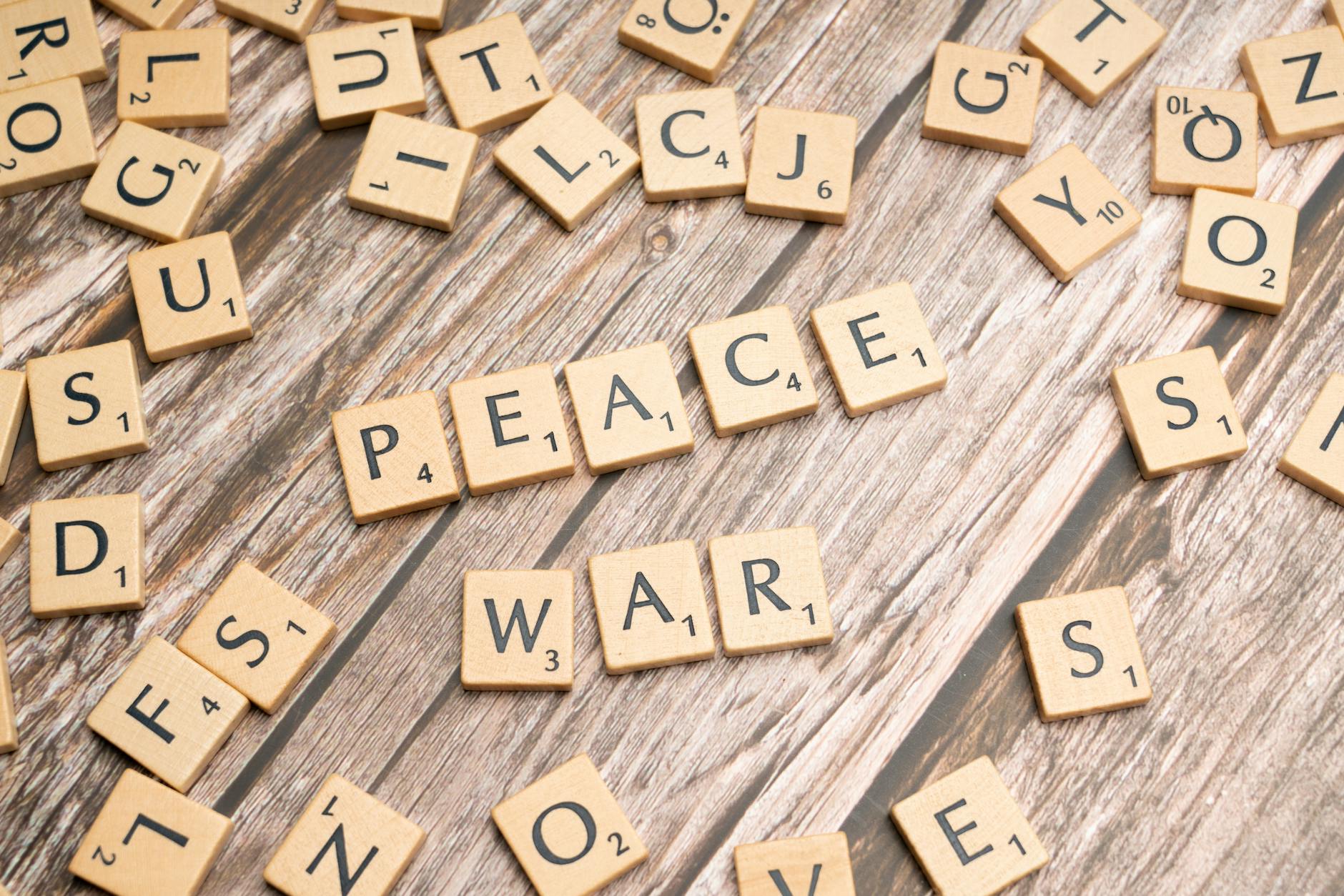A New Frontier: Vaccines Emerge as a Potential Weapon Against Dementia
Beyond Infectious Diseases, Pioneering Research Explores Vaccines’ Role in Neurodegenerative Conditions
For decades, the primary battlefield for vaccines has been the realm of infectious diseases, offering a powerful shield against a host of viruses and bacteria. However, groundbreaking scientific inquiry is now illuminating a tantalizing, albeit nascent, potential for vaccines to play a transformative role in combating some of humanity’s most devastating neurodegenerative conditions, most notably Alzheimer’s disease and other forms of dementia. This burgeoning field, while still in its early stages, suggests that the principles of immune system modulation, honed through years of combating pathogens, could be re-purposed to address the complex biological underpinnings of these debilitating brain disorders. The implications are profound, offering a beacon of hope for millions worldwide grappling with the specter of cognitive decline.
At the heart of this paradigm shift lies a deeper understanding of the biological mechanisms associated with dementia. Traditionally viewed as primarily a disease of protein misfolding and aggregation – specifically amyloid-beta plaques and tau tangles in the case of Alzheimer’s – recent research has increasingly highlighted the intricate interplay between these protein abnormalities and the brain’s immune system, particularly the role of neuroinflammation. This evolving perspective is opening doors to novel therapeutic strategies, and vaccines, with their inherent ability to precisely target and elicit specific immune responses, are emerging as a compelling avenue of investigation.
This article will delve into the promising research exploring vaccines as a therapeutic and potentially preventative measure against dementia. We will examine the scientific rationale, analyze the early findings, discuss the challenges and ethical considerations, and explore the future trajectory of this potentially revolutionary approach.
Context & Background: The Evolving Landscape of Dementia Research
Dementia, a broad term encompassing a progressive decline in cognitive function that interferes with daily life, represents one of the most significant public health challenges of the 21st century. Alzheimer’s disease is the most common form, accounting for an estimated 60-80% of dementia cases. The progressive nature of these diseases, characterized by memory loss, impaired judgment, and behavioral changes, places an immense burden not only on individuals but also on their families and healthcare systems globally. Currently, there are no cures for most forms of dementia, and existing treatments primarily focus on managing symptoms rather than addressing the underlying disease processes.
The scientific journey to understand and combat dementia has been long and complex. For many years, the prevailing hypothesis centered on the “amyloid cascade hypothesis,” which posited that the accumulation of amyloid-beta plaques in the brain is the primary driver of Alzheimer’s pathology. This led to extensive research and clinical trials focused on clearing these plaques. While some of these approaches have shown modest success in reducing amyloid burden, their translation into significant clinical benefits has been challenging and, at times, disappointing.
More recently, a more nuanced understanding has emerged, emphasizing the critical role of tau protein in the formation of neurofibrillary tangles, which are also implicated in neuronal dysfunction and death. Furthermore, the intricate role of the brain’s immune system, specifically microglial cells and inflammatory processes, has come to the forefront. Neuroinflammation, a chronic inflammatory state within the brain, is now recognized as a key contributor to the progression of neurodegenerative diseases. This realization has shifted the therapeutic focus towards modulating the immune response.
The introduction of immunotherapy, particularly in the context of cancer treatment, has demonstrated the power of harnessing the immune system to combat disease. Therapeutic cancer vaccines, for instance, are designed to stimulate the immune system to recognize and attack cancer cells. This success has naturally inspired researchers to explore similar strategies for neurodegenerative diseases, where the immune system, when misdirected or dysregulated, can inadvertently contribute to the pathology.
A pivotal study published in Nature, and the related research it has spurred, has been instrumental in this paradigm shift. This research has begun to explore how to leverage the immune system to target the specific protein aggregates implicated in dementia. While the initial focus of vaccine development was overwhelmingly on infectious diseases, these new avenues of research represent a significant expansion of the therapeutic potential of vaccination.
Key Official References:
- National Institute on Aging (NIA) – Alzheimer’s Disease Fact Sheet
- Alzheimer’s Society – Types of Dementia
- NIA – Alzheimer’s Disease: Progress and Future Directions
In-Depth Analysis: How Vaccines Could Combat Dementia
The fundamental principle behind a vaccine-based approach to dementia is to stimulate the immune system to recognize and clear the pathological protein aggregates associated with these diseases. In the case of Alzheimer’s, this primarily involves targeting amyloid-beta and tau proteins. The strategy is not to prevent infection, as with traditional vaccines, but to leverage the immune system’s ability to identify and neutralize abnormal protein structures that are contributing to neuronal damage and cognitive decline.
One of the primary targets for these experimental dementia vaccines is amyloid-beta. These protein fragments can misfold and clump together, forming amyloid plaques that are a hallmark of Alzheimer’s disease. Vaccines designed to combat amyloid-beta aim to educate the immune system, specifically B cells and T cells, to recognize amyloid-beta as a foreign or harmful substance. Once recognized, the immune system can mount a response to clear these amyloid deposits from the brain.
There are generally two main types of immunotherapy being explored for dementia: active immunotherapy and passive immunotherapy. Active immunotherapy involves administering a vaccine that stimulates the body’s own immune system to produce antibodies against the target protein. Passive immunotherapy, on the other hand, involves directly administering pre-made antibodies that can bind to and help clear the target proteins.
The research highlighted by the Nature study and its related work often focuses on active immunotherapy. These vaccines typically consist of the target protein (or a portion of it) combined with an adjuvant, a substance that enhances the immune response. By presenting the amyloid-beta or tau protein in this way, the immune system learns to identify these proteins and produce antibodies against them. These antibodies can then travel to the brain, bind to the pathological protein aggregates, and signal immune cells like microglia to clear them away.
The mechanism by which these antibodies facilitate clearance is complex. They can neutralize the toxic effects of the proteins, tag them for destruction by phagocytic cells (like microglia), or prevent them from aggregating further. Early animal studies have shown promising results, with vaccines reducing amyloid plaque load and, in some cases, improving cognitive function in animal models of Alzheimer’s disease.
The extension of this approach to tau protein is also a critical area of research. Tau is an intracellular protein that, when abnormally modified, can also form aggregates (neurofibrillary tangles) within neurons. These tangles are strongly correlated with neuronal dysfunction and death. Developing vaccines that target tau presents unique challenges, as tau is a naturally occurring protein within the body, and the immune system needs to be carefully calibrated to target only the pathological forms without causing autoimmunity.
The concept of “off-target” effects is a significant consideration in this field. Since the immune system is being manipulated, there is a risk that it could inadvertently attack healthy brain tissue or other essential bodily functions. Researchers are meticulously studying the safety profiles of these experimental vaccines to mitigate such risks. This involves understanding the specific epitopes (the parts of the protein that trigger an immune response) and designing vaccines that elicit a highly targeted and controlled immune reaction.
Furthermore, the timing of intervention is crucial. The hope is that these vaccines could not only treat existing pathology but also potentially prevent or delay the onset of dementia in individuals at high risk. This prophylactic approach would require identifying individuals with early signs of brain changes or those with genetic predispositions and administering the vaccine before significant irreversible damage occurs.
The advancement of vaccine technology itself is also playing a role. mRNA vaccine technology, which has revolutionized infectious disease prevention, is being explored for its potential in developing dementia vaccines. This technology allows for rapid development and manufacturing, and the ability to precisely encode the target protein, offering a flexible platform for vaccine design.
Key Official References:
- Alzheimer’s Research UK – Vaccines for Alzheimer’s Disease
- Nature Medicine – Alzheimer’s disease: the next 10 years (Illustrative of broader research trends)
- National Institutes of Health (NIH) – Alzheimer’s Disease-Related Dementias Summit 2019: A Report and Future Directions
In-Depth Analysis: The Promise and Progress
The prospect of using vaccines to combat neurodegenerative diseases like Alzheimer’s is not merely theoretical; it is being actively pursued through rigorous scientific research and clinical trials. While the field is still in its developmental stages, several promising avenues are being explored, each with its own unique approach to leveraging the immune system.
One of the most extensively studied approaches involves targeting amyloid-beta. Companies and research institutions have developed vaccines designed to elicit an immune response against various forms of amyloid-beta, including monomeric, oligomeric, and aggregated forms. Early clinical trials have investigated the safety and immunogenicity of these vaccines in humans. For instance, some trials have focused on inducing antibodies that bind to amyloid-beta in the brain, aiming to facilitate its clearance through immune mechanisms.
The journey from preclinical studies to human clinical trials is fraught with challenges. While animal models can provide valuable insights, they do not always accurately replicate the complex human brain and disease progression. Therefore, even promising results in animals do not guarantee success in humans. Furthermore, the human immune system is incredibly complex, and ensuring a safe and effective response to a vaccine targeting a self-protein (like amyloid-beta or tau) requires meticulous research and careful monitoring.
Beyond amyloid-beta, research is also making strides in developing vaccines against tau protein. As mentioned, tau pathology is closely linked to cognitive decline. However, targeting tau is more intricate. Tau is an intracellular protein, meaning that antibodies need to find ways to access neurons and target tau aggregates within them. Alternatively, some approaches aim to prevent the spread of tau pathology from one neuron to another, a process known as “prion-like” spreading.
Newer vaccine technologies, such as DNA and mRNA vaccines, are also being explored for their potential in treating or preventing dementia. These platforms offer advantages in terms of rapid development and the ability to precisely control the immune response. For example, mRNA vaccines could be engineered to deliver genetic instructions for producing specific antigens that trigger an immune response against amyloid-beta or tau, without the need for direct administration of the protein itself.
The success of a vaccine-based approach could also extend to other forms of dementia, such as Frontotemporal Dementia (FTD) or Lewy Body Dementia (LBD), which are associated with different protein abnormalities. Research is ongoing to identify the specific protein targets and develop tailored immunotherapeutic strategies for these conditions.
The ultimate goal is not just to clear existing pathological proteins but also to prevent their accumulation and the subsequent cascade of neuroinflammation and neuronal damage. This could involve a multi-pronged approach, potentially using vaccines that target both amyloid and tau, or a combination of immunotherapies and other therapeutic interventions.
It is crucial to emphasize that these are experimental therapies. While the scientific community is optimistic, and early data are encouraging, these vaccines are not yet approved for general use. Ongoing clinical trials are essential for rigorously evaluating their safety, efficacy, and optimal dosage and administration schedules.
Key Official References:
- Alzheimer’s Association – Clinical Trials
- European Medicines Agency (EMA) – Lecanemab (Leqembi) (Example of a recently approved amyloid-targeting therapy, though not a vaccine)
- New England Journal of Medicine – Lecanemab in Early Alzheimer’s Disease (Study publication related to amyloid-beta targeting therapy)
Pros and Cons: Weighing the Potential of Dementia Vaccines
The prospect of harnessing the immune system through vaccination to combat dementia offers a paradigm shift in treatment, but like any emerging therapeutic, it comes with a balanced set of potential benefits and challenges.
Pros:
- Novel Mechanism of Action: Unlike current symptomatic treatments, dementia vaccines aim to target the underlying pathological processes, potentially slowing or even halting disease progression. This is a significant departure from existing therapies that often only manage symptoms.
- Prophylactic Potential: Beyond treatment, vaccines could offer the possibility of preventing dementia in individuals at high risk or in the very early stages of the disease, before significant cognitive impairment occurs. This could revolutionize long-term brain health.
- Leveraging Established Technology: Vaccination is a well-established and generally safe medical intervention. The existing infrastructure and understanding of vaccine development can potentially accelerate the progress of dementia vaccines.
- Targeting Multiple Pathologies: Research is progressing on vaccines targeting both amyloid-beta and tau proteins, which are key players in Alzheimer’s disease. Future therapies might even combine approaches to address multiple pathological hallmarks.
- Potential for Broader Application: The principles of immune modulation being explored for Alzheimer’s could potentially be extended to other neurodegenerative diseases characterized by protein misfolding and inflammation.
- Reduced Reliance on Continuous Infusions: Compared to some antibody-based therapies requiring regular intravenous infusions, vaccines could potentially offer a more convenient and less burdensome administration route, perhaps involving injections administered less frequently.
Cons:
- Immune-Related Side Effects: Manipulating the immune system carries the risk of unintended consequences. This could include neuroinflammation (brain swelling or inflammation), autoimmune reactions where the immune system attacks healthy brain tissue, or general hypersensitivity reactions. Careful monitoring and vaccine design are crucial to mitigate these risks.
- Efficacy and Durability: The effectiveness of these vaccines in humans is still being determined. It is unclear how robust and long-lasting the immune response will be, and whether it will translate into significant and sustained cognitive benefits.
- Challenges in Targeting Self-Proteins: The brain contains proteins like amyloid-beta and tau that are naturally occurring. Designing vaccines that precisely target the pathological forms without causing an autoimmune response against healthy proteins is a significant scientific challenge.
- Delivery to the Brain: The brain is a highly protected organ with the blood-brain barrier, which limits the passage of many substances, including antibodies. Ensuring that the generated antibodies can effectively reach and act upon the pathological targets within the brain is a critical hurdle.
- Complexity of Neurodegenerative Diseases: Dementia is a complex multifactorial disease. While protein aggregation plays a role, other factors such as genetic predispositions, vascular health, and lifestyle also contribute. Vaccines targeting specific proteins may not address all aspects of the disease.
- Cost and Accessibility: Developing and manufacturing novel vaccines can be expensive. Ensuring that these therapies are affordable and accessible to all who need them will be a significant societal and economic challenge.
- Timing of Intervention: The optimal time to administer a vaccine for maximum benefit is unknown. Early intervention is likely key, but identifying individuals at the earliest stages of disease development can be challenging.
Key Official References:
- Alzforum – Research News on Alzheimer’s Vaccines
- NIA – Immunotherapy for Alzheimer’s Disease
- National Institutes of Health (NIH) – Review of Alzheimer’s Disease Therapeutics
Key Takeaways
- Pioneering research, including studies published in prominent journals like Nature, suggests that vaccines may hold significant promise in the fight against neurodegenerative diseases such as Alzheimer’s.
- This new frontier explores leveraging the immune system, through vaccination, to target and clear pathological protein aggregates like amyloid-beta and tau, which are implicated in dementia.
- The approach typically involves stimulating the body’s own immune system (active immunotherapy) to produce antibodies that recognize and remove these harmful proteins.
- While traditional vaccines protect against infectious diseases, these experimental dementia vaccines aim to modulate the immune response to address the underlying biology of brain disorders.
- Early-stage research in animal models has shown encouraging results, demonstrating the potential for these vaccines to reduce protein deposits and improve cognitive function.
- Key challenges include ensuring the safety and specificity of the immune response, preventing autoimmune side effects, and effectively delivering therapeutic agents to the brain, overcoming the blood-brain barrier.
- The potential for prophylactic use – preventing dementia before symptoms manifest – is a significant long-term goal of this research.
- While promising, these therapies are still experimental, and rigorous clinical trials in humans are essential to confirm their safety, efficacy, and optimal use.
- Advancements in vaccine technologies, such as mRNA platforms, are accelerating the development and potential application of dementia vaccines.
- The development of these vaccines could represent a paradigm shift in dementia care, moving beyond symptom management to targeting disease origins.
Future Outlook: A Glimpse into Tomorrow’s Brain Health
The trajectory of vaccine development for dementia is one of cautious optimism, marked by continuous scientific inquiry and the evolution of therapeutic strategies. As research progresses, several key areas will shape the future of this field.
The ongoing refinement of vaccine design will be paramount. Scientists are focusing on identifying specific epitopes that can elicit a strong and targeted immune response, minimizing the risk of off-target effects. This includes exploring novel adjuvants to enhance immunogenicity and investigating different delivery methods to optimize antigen presentation.
Clinical trials will continue to be the cornerstone of progress. As more candidates advance through Phase I, II, and III trials, crucial data on safety, tolerability, immunogenicity, and ultimately, clinical efficacy will be generated. The success of these trials will dictate the pace of regulatory approval and broader clinical adoption.
The development of biomarkers will play a critical role in identifying individuals who are most likely to benefit from these vaccines and in monitoring treatment response. These biomarkers could include imaging techniques to assess protein accumulation in the brain, cerebrospinal fluid analysis for specific protein levels, and even blood tests that can detect early signs of disease or immune engagement.
Beyond amyloid-beta and tau, research may expand to target other pathological hallmarks of dementia, such as alpha-synuclein in Parkinson’s disease and related disorders, or TDP-43 in Frontotemporal Dementia. This would broaden the therapeutic scope of vaccine-based immunotherapies to encompass a wider range of neurodegenerative conditions.
Combination therapies are also a strong possibility. It is likely that vaccines will be most effective when used in conjunction with other therapeutic modalities, such as small molecule drugs that target inflammation, or lifestyle interventions that promote brain health. A holistic approach to managing neurodegenerative diseases is essential.
The concept of personalized medicine will also influence the future of dementia vaccines. Genetic profiling and early diagnostic markers may allow for the tailoring of vaccine strategies to individual patient profiles, optimizing treatment for maximum benefit and minimal risk.
Ultimately, the goal is to shift the paradigm from reactive treatment of advanced disease to proactive prevention and early intervention. If successful, dementia vaccines could become a critical tool in safeguarding cognitive health throughout the lifespan, offering a future where the devastating impact of dementia is significantly mitigated.
Key Official References:
- Alzforum – Research on Alzheimer’s Vaccines in Animal Models
- Nature News – Clinical Trials for Alzheimer’s Disease
- NIA Progress Report on Alzheimer’s Disease Research
Call to Action: Supporting Progress and Staying Informed
The journey toward effective dementia vaccines is a complex but crucial one, requiring the collective effort of researchers, healthcare professionals, policymakers, and the public. As this field evolves, several actions can be taken to support progress and stay informed:
- Support Research Funding: Advocate for increased public and private funding for dementia research. Robust financial support is essential for advancing scientific discovery, conducting clinical trials, and developing innovative therapies. Consider donating to reputable organizations dedicated to Alzheimer’s and dementia research.
- Participate in Clinical Trials: If you or a loved one are affected by dementia and meet the eligibility criteria, consider participating in clinical trials. Your involvement is invaluable for generating the data needed to bring effective treatments to fruition. Resources like the Alzheimer’s Association Clinical Trials finder can help identify opportunities.
- Stay Informed from Credible Sources: Keep abreast of the latest developments in dementia research by consulting reliable sources such as government health agencies (e.g., National Institute on Aging, National Institutes of Health), reputable scientific journals, and established patient advocacy organizations. Be critical of sensationalized claims or unverified information.
- Promote Brain Health: While research on vaccines progresses, it is important to prioritize overall brain health through a balanced diet, regular physical activity, adequate sleep, and cognitive engagement. These lifestyle factors can play a significant role in reducing dementia risk and promoting well-being.
- Engage in Dialogue: Discuss the importance of dementia research and care with your elected officials and community leaders. Raising awareness can help drive policy changes and resource allocation.
- Support Caregivers: The burden of dementia extends to caregivers. Ensure that caregivers have access to support services, education, and respite care.
The scientific pursuit of vaccines for dementia represents a significant leap forward in our understanding of brain health and disease. By fostering continued research, supporting clinical advancements, and maintaining a commitment to evidence-based information, we can collectively work towards a future where dementia is no longer an insurmountable challenge, but a treatable or preventable condition.
Key Official References:









